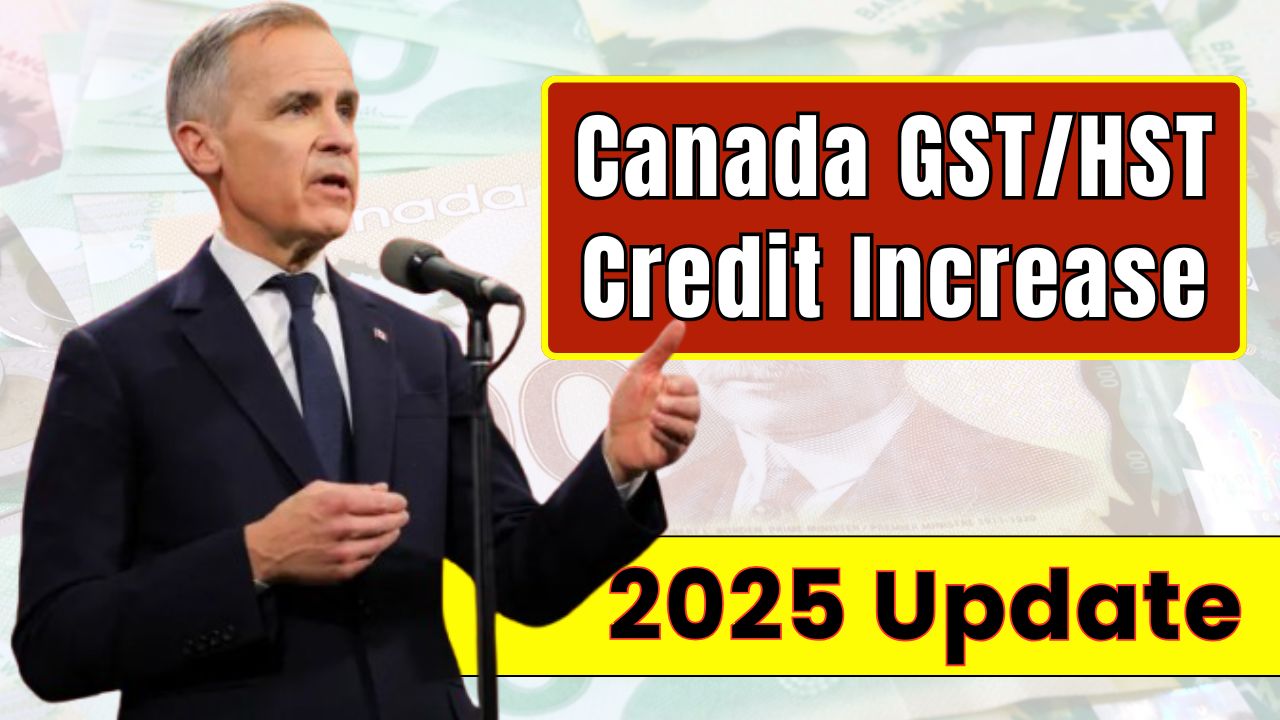In 2025, the Canadian government is increasing the Goods and Services Tax/Harmonized Sales Tax (GST/HST) Credit to provide more meaningful financial relief for low- and modest-income individuals and families. This tax-free quarterly payment helps offset the cost of GST or HST paid on purchases, and the updated figures for 2025 reflect adjustments made in response to inflation and rising living costs across the country.
What Is the GST/HST Credit and Why It’s Increasing
The GST/HST credit is a longstanding federal benefit designed to support Canadians with limited income by providing direct cash payments. The increase in 2025 follows the government’s annual indexation process, which ensures the credit keeps pace with inflation. In light of economic pressures and the continued high cost of essential goods, this year’s boost is expected to make a noticeable difference, especially for families and seniors living on tight budgets.
New Payment Amounts for 2025
Under the revised structure, eligible singles can now receive up to $542 annually, while married or common-law couples are entitled to a maximum of $712. Each child under the age of 19 brings an additional credit of $189. These amounts are paid out in four quarterly installments, with disbursements scheduled for January, April, July, and October 2025.
The actual amount you receive depends on your family income and size, with benefits gradually reduced as income increases. The payment is automatically calculated based on your prior year’s tax return, which means your 2023 income will determine your eligibility and amount for the 2025 payment cycle.
Who Is Eligible for the 2025 GST/HST Credit
To be eligible for the GST/HST credit in 2025, you must be a Canadian resident for income tax purposes and be at least 19 years old, or have a spouse or common-law partner, or be a parent living with your child. You must also file your 2023 tax return, even if you have no income, to be assessed for the credit.
Eligibility is largely based on your adjusted family net income. The lower your income, the higher your credit. Individuals who qualify do not need to apply separately, as the Canada Revenue Agency (CRA) assesses eligibility automatically from tax filings. For new residents or individuals with a change in marital status or number of dependents, it’s important to update CRA records to ensure the correct payment is issued.
The 2025 increase reinforces the government’s ongoing effort to ease the burden of consumption taxes on lower-income Canadians, ensuring that essential living costs remain more manageable as inflation continues to affect daily life.
